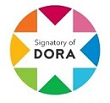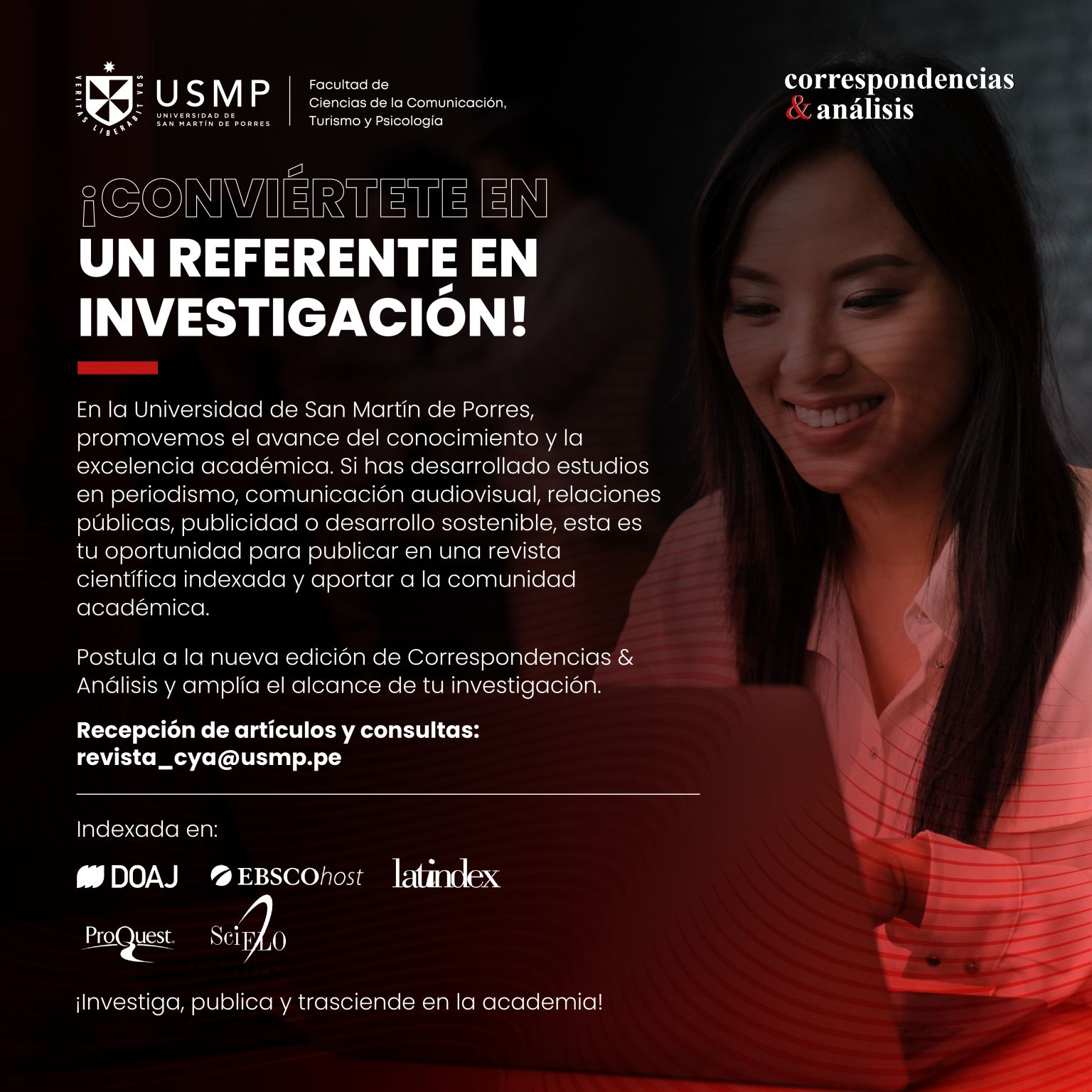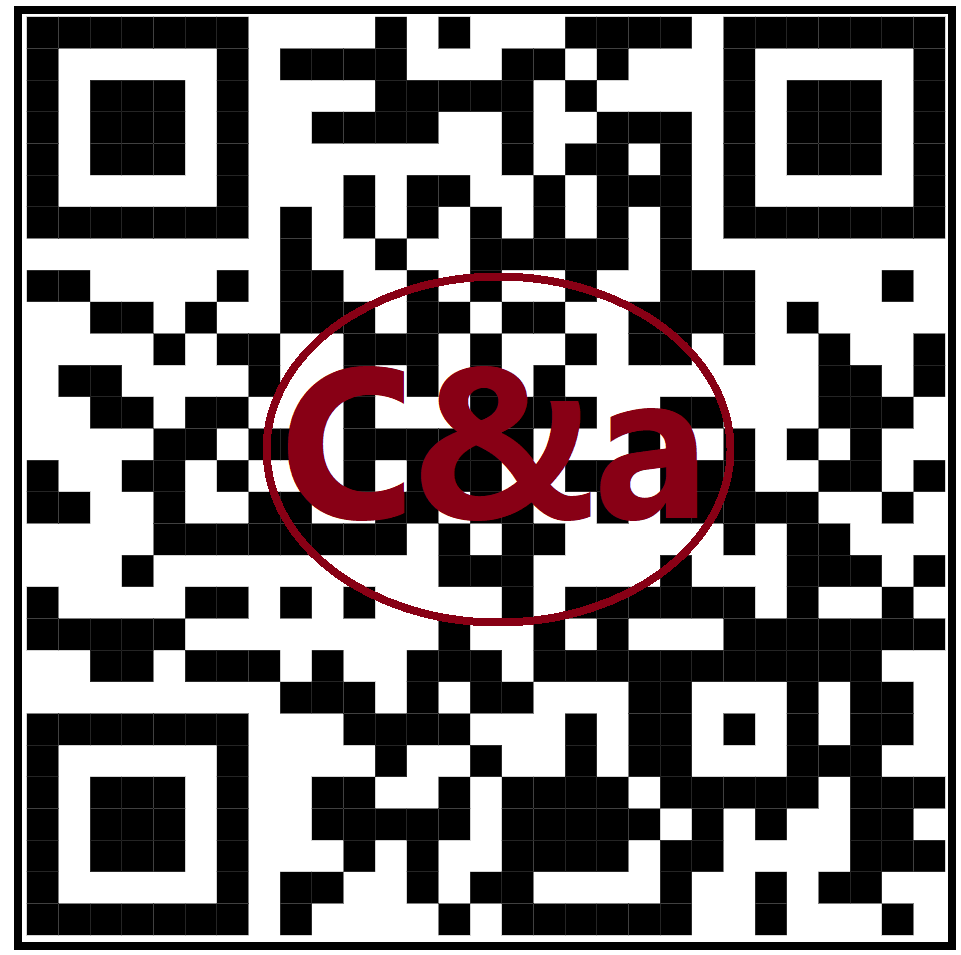Youth and online sports betting advertising. The Spanish experience
DOI:
https://doi.org/10.24265//cian.2022.n15.05Keywords:
Online sports betting, advertising, Spain, games, youth, LatinoamericaAbstract
This study investigates the perception of young Spaniards about online sports betting and its advertising. The initiative arises from the recent regulation of commercial communications in this sector in Spain. We reviewed the literature related to the phenomenon and the foundations that gave rise to the regulations. Starting from discussion groups with young people between the ages of 15 and 21, we use advertisements as an impulse to learn about beliefs and perceptions about sports betting, the regulations in force and their advertising. There is a certain lack of concern in the group with the influence of advertising and the health risks of possible addictive behaviors. Studies of this type, we believe, could serve as a reference for future regulatory frameworks in the Latin American region, a territory in which this industry is in full expansion.
Metrics
Downloads
References
Aaker, D. A., & Myers, J. G. (1984). Management de la publicidad (Advertising management). Hispano Europa.
Aigneren, M. (2002). La técnica de recolección de información mediante los grupos focales (The technique of collecting information through focus groups). La Sociología en sus Escenarios, 6. https://cutt.ly/BIXdDh4
Anuario del Juego en España (2018). https://www.grupocodere.com/informe-anual-2018/index.html
Apa, E. & Foco, E. (5 mayo de 2019). Italian communications authority issues new guidelines softening the restrictions on gambling and betting advertisements provided by the decreto dignità. https://cutt.ly/ZIXdU9d
Beeson, M. (2005). Cross-Media Narrative. http://tinyurl.com/k6deqrg
Bermejo, J. (2011). Hiperestimulación cognitiva y publicidad (Cognitive hyperstimulation and advertising). Pensar la Publicidad, 5(2), 13-19. https://bit.ly/3An6qjz
Binde, P. (2009). Exploring the Impact of Gambling Advertising: An Interview Study of Problem Gamblers. International Journal of Mental Health and Addiction, 7(4), 541–554. https://doi.org/10.1007/s11469-008-9186-9
Buil, P., Solé-Moratilla, M. J. & García Ruiz, P. (2015). La regulación publicitaria de los juegos de azar online en España. Una reflexión sobre la protección del menor (Advertising regulation of online games of chance in Spain. A reflection on the protection of minors). Adicciones, 27(3), 198-204.
Calado, F., Alexandre, J. & Griffiths, M.D. (2017). Prevalence of Adolescent Problem Gambling: A Systematic Review of Recent Research. Journal of Gambling Studies, 33(2), 397-424. http://dx.doi.org/10.1007/s10899-016-9627-5
Cantero, F. & Bertolín, J. (2015). Influencia de las nuevas tecnologías en los problemas de juego y en las compras impulsivas en los jóvenes (Influence of new technologies on gambling problems and impulsive purchases in young people). Revista Española de Drogodependencias 40(4), 34-47. https://cutt.ly/wIXfv8z
Carbonell, E. & Montiel, I. (2013). El juego de azar online en los nativos digitales (Online gambling in digital natives). Tirant Lo Blanch.
Carrera, F. & de Oliveira, T. (2014). Mais do que um simples apertar de botão: uma reflexão sobre regimes de espectatorialidade e imersão na publicidade pervasiva (More than just pressing a button: a reflection on regimes of spectatorship and immersion in pervasive advertising). Cuadernos.info, 34, 47-59. http://dx.doi.org/10.7764/cdi.34.541
Casaqui, V. (2011). Por uma teoria da publicização: transformações no processo publicitário (For a theory of publicity: transformations in the advertising process). Significação, 38-36. 131-151.
Cases, J. I. (2011). La transformación de las políticas públicas de juego de azar en España (The transformation of public gambling policies in Spain). GAPP . Revista Gestión y Análisis de Políticas Públicas, 6, 75-103.
COMMB (2019). Online Gambling Advertising Guidelines. https://www.commb.ca/onlinegamblingguidelines/
Costa, C. & Piñeiro, T. (2012). Nuevas narrativas audiovisuales: multiplataforma, crossmedia y transmedia. El caso de Águila Roja (RTVE) (New audiovisual narratives: multiplatform, crossmedia and transmedia. The case of Águila Roja (RTVE). Icono 14, 10(2), 102-125. https://doi.org/10.7195/ri14.v10i2.156
Davidson, D. (2008). Stories in between: narratives and mediums @ play. ETC Press.
Del Pino, C. & Olivares, F. (2006). Brand placement: integración de marcas en la ficción audiovisual. Evolución, casos, estrategias y tendencias (Brand placement: integration of brands in audiovisual fiction. Evolution, cases, strategies and trends). Gedisa.
Europa Press (2 de septiembre de 2018). La Región cuenta con la mayor tasa de locales de apuestas de España (The Region has the highest rate of betting shops in Spain). https://www.laverdad.es/murcia/region-cuenta-mayor-20180902102013-nt.html
Farré-Coma, J. & Josep Fernández-Cavia, J. (2005). La publicidad no convencional en la televisión generalista (Unconventional advertising on general televisión). Quaderns del CAC, 22.
Forrest, D. & McHale, I. G. (2012). Gambling and Problem Gambling Among Young Adolescents in Great Britain. Journal of Gambling Studies, 28(4), 607-22.
García Ruiz, P.; Buil, P. & Solé-Moratilla, M. J. (2016). Consumos de riesgo: menores y juegos de azar online. El problema del “juego responsable” (Risk consumption: minors and online games of chance. The problem of "responsible gaming"). Política y Sociedad, 53(2), 551-575. http://dx.doi.org/10.5209/rev_POSO.2016.v53.n2.47921
Griffiths, M. D. & Parke, J. (2010). Adolescent gambling on the internet: A review. International Journal of Adolescent Medicine and Health, 22(1), 58–75. https://dx.doi.org/10.1515/ijamh-2017-0160
Guillén, R. (2012). Una aproximación a la Ley 13/2011, de regulación del juego en España ( An approach to Law 13/2011, on gambling regulation in Spain). Revista Española de Drogodependencias, 37(3), 343-356.
Hing, N., Lamont, M., Vitartas, P., & Fink, E. (2015). Sports bettors' responses to sports-embedded gambling promotions:Implications for compulsive consumption. Journal of Business Research, 68, 2057-2066.
Jenkins, H. (2008). Convergence culture. Paidós.
Klingberg, T. (2009). The Overflowing Brain: Information Overload and the Limits of Working Memory. Oxford University Press.
Korn, D., Hurson, T., & Reynolds, J. (2015). Commercial Gambling Advertising:Possible Impact on Youth Knowledge, Attitudes, Beliefs and Behavioural Intentions. Ontario Problem Gambling Research Centre. https://cutt.ly/dIXgyfw
López-González, H. & Griffiths, M. D. (2016). Understanding the convergence of markets in online sports betting. International Review for the Sociology of Sport, 1-17. https://doi.org/10.1177/1012690216680602
López-González, H., Estévez, A. & Griffiths, M. D. (2017). Marketing and Advertising
Online Sports Betting: A Problem Gambling Perspective. Journal of Sport and Social Issues, 1–17. https://doi.org/10.1177/0193723517705545
Manovich, L. (2006). El lenguaje de los nuevos medios de comunicación. La imagen en la era digital (The language of the new media. The image in the digital age). Paidós.
Martínez, E. & Nicolás-Ojeda, M. A. (2016). Publicidad digital (Digital advertising). Esic.
Martínez López, J. S. (2011). Sociedad del entretenimiento: Construcción socio-histórica, definición y caracterización de las industrias que pertenecen a este sector (Entertainment society: socio-historical construction, definition and characterization of the industries that belong to this sector). Luciérnaga, 3(6), 6-16.
Moliné, M. (2000). La fuerza de la publicidad (The power of advertising). Mcgraw-Hill.
Muela Molina, C. (2008). La publicidad en Internet: situación actual y tendencias en la comunicación con el consumidor (Internet advertising: current situation and trends in communication with the consumer). Zer, 24(13), 183-201.
Palomar, A. & Baena, R. (2013). En torno al Juego de Azar. Actividad, Regulación y Actores. Primera (About the Game of Chance. Activity, Regulation and Actors). Fundación Codere y Thomson Reuters Aranzadi.
Pérez Tornero, J. M. (2008). La sociedad multipantallas: retos para la alfabetización mediática (The multiscreen society: challenges for media literacy). Comunicar, 31(16), 15-25. https://doi.org/0.3916/c31-2008-01-002
Pitt, H., Thomas, S. L., Bestman, A., Stoneham, M. & Daube, M. (2016). “It’s just everywhere!” Children and parents discuss he marketing of sports wagering in Australia. Australian and New Zealand Journal of Public Health, 40(5), 480-486. https://doi.org/10.1111/1753-6405.12564
Puchades, J. M. (2016). Análisis sobre el aumento de las apuestas deportivas en adolescentes estudiantes y las conductas de riesgo asociadas (Analysis of the increase in sports betting in adolescent students and associated risk behaviors). Actividad Física y Deporte: Ciencia y Profesión, 24, 41-52.
Requena, F. & Ayuso, L. (2018). Estrategias de la investigación en ciencias sociales (Social science research strategies). Tirant Lo Blanch.
Rothman, M., & Robbins, H. (1991). Government regulation of gambling advertising: Replacing vice prevention with consumer protection. Journal of Gambling Studies, 7(4), 337–360. https://doi.org/10.1007/BF01023750
Oldroyd, K. (28 mayo 2019). Gambling Ads in Finland Facing New Restrictions. https://www.gamblingsites.org/news/gambling-ads-finland-facing-new-restrictions/
Rubio, L. (2018). Apuestas deportivas online: percepción adolescente y regulación publicitaria. Methaodos, 6(1). http://dx.doi.org/10.17502/m.rcs.v6i1.207
Sayre, S., & King, C. (2010). Entertainment and Society: Influences, Impacts and Innovations. Routledge.
Sanchis, G., Maestro, S. & Canós, E. (2014). I like to play de Sony Playstation® ¿es una ironía crossmedia o transmedia?. AdComunica, 7, 149-170. http://dx.doi.org/10.6035/2174-0992.2014.7.9
Sarabia, I., Estévez, A., & Herrero, D. (2014). Perfiles de jugadores patológicos en la adolescencia (Profiles of pathological gamblers in adolescence). Revista Española de Drogodependencias 39(2), 46–58. https://cutt.ly/BIXgzM2
Scolari, C. (2013). Narrativas transmedia. Deusto.
Scolari, C. (2009). Transmedia Storytelling: Implicit Consumers, Narrative Worlds, and Branding in Contemporary Media Production. International Journal of Communication, 3, 586-606.
Sierra Bravo, R. (1985). Técnicas de investigación social (Social research techniques). Paraninfo.
Solana, D. (2010). Postpublicidad (Post-advertising). Índice Arts Gráfiques.
Thomas, S. L., Bestman, A., Pitt, H., Cassidy, R., McCarthy, S., Nyemcsok, C., Cowlishaw, S. & Daube, M., (2018). Young people’s awareness of the timing and placement of gambling advertising on traditional and social media platforms: a study of 11–16-year-olds in Australia. Harm Reduct, 15(51). https://doi.org/10.1186/s12954-018-0254-6
Verdura, E. J. (2014). Juego Patológico. Adicción Sin Sustancia (Pathological game. Addiction Without Substance). Tesis doctoral, Universidad Complutense de Madrid. http://eprints.ucm.es/29807/1/T36001.pdf
Vlaemminck, Ph., & Verbeke, R. (7 junio 2021). The Gambling Law Review: Belgium. https://cutt.ly/AIXggn8
Weiser, M. (1991). The computer for the 21st Century. Scientific American Ubicomp Paper, 265(3), 66-75.
Wilkinson, S. (2004). Focus group research. In David Silverman (Ed.), Qualitative research. Theory, Method and Practice (pp. 177-199). Sage Publications.
Woodhouse, J. (2021). Gambling advertising: how is regulated. https://cutt.ly/zIXfKD
Downloads
Published
Issue
Section
Categories
License
Copyright (c) 2022 Antonio Raúl Fernández Rincón

This work is licensed under a Creative Commons Attribution 4.0 International License.
In case the manuscript is approved, the authors retain the copyright and assign to the journal the right to publish, edit, reproduce, distribute, display and communicate in the country of origin and abroad by means of print and electronic media in different databases.
In order for this procedure to be recorded, the author must fill out the following formats:
Format 1 - Author data Format.
Format 2 - Affidavit on originality and authorization for the publication of articles Format.
Format 3 - Open Science Compliance.







2.png)













